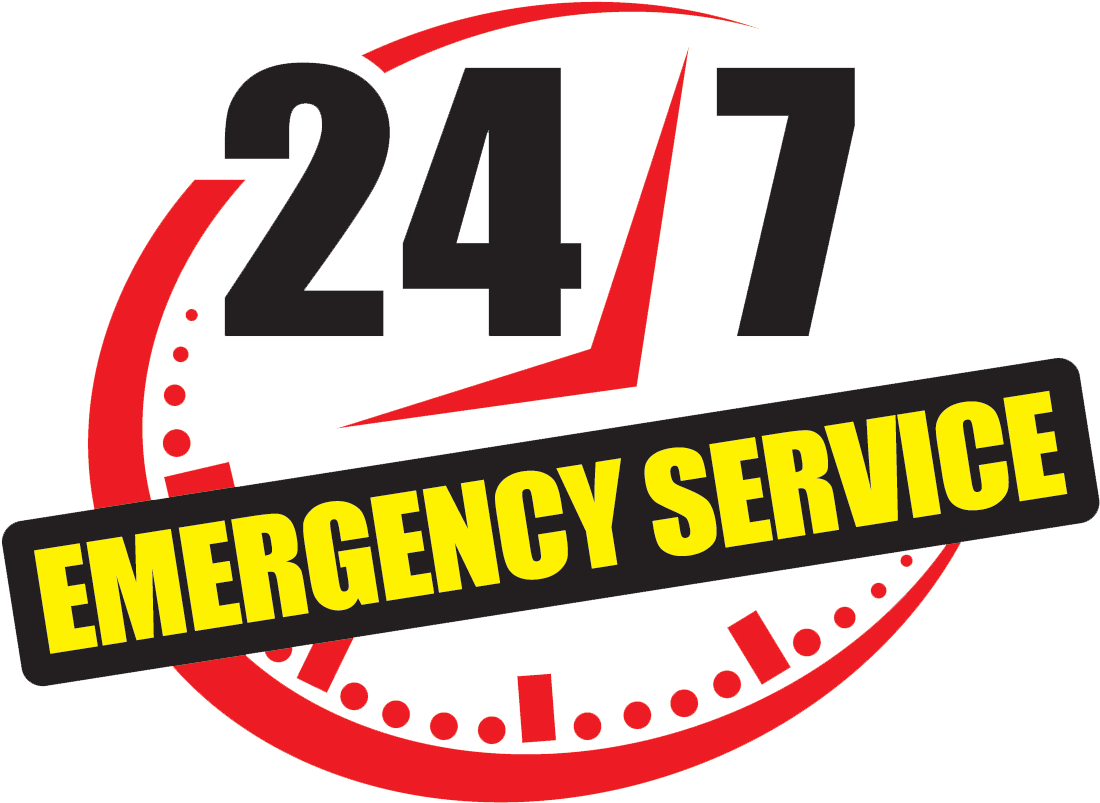Sump Pump Installation
Primary, Secondary and Battery Back Up Units
To aid to preventing basement and crawl space flooding, sump pumps move excess water out of and away from your home through a discharge line.
Pennex can assist you in making the right decision on the type of Sump Pump Setup, best suited for your home.
Primary and Secondary Sump Pumps:
Primary sump pumps are either Submersible or Pedestal types. The main difference between the two is the location and efficiency of the motor. Submersible pump motors are mounted in the sump pit. These are quieter, more efficient units. The pedestal pump motor is mounted outside the sump pit.
Secondary sump pumps take over in the event of a primary sump pump failure or run in tandem with the primary pump to arrest high water volume.
If you live in a frequent flood area or have a large basement it is worth considering a secondary sump pump to provide stability and reduce the wear on the primary pump.
Battery Backup Units:
Battery backup units are recommended regardless of the type of sump pump set up you have. Battery Backups provide power to the sump pumps in the event of a power failure. There are many models to choose from, from manual to wifi enabled.
Sump Pump Setup:
While Sump Pumps work to remove water from your home, and battery backup is on call to drive the units in a power failure, a Sump Pump Setup that includes sewage management devices such as a backwater valve and/or a sewage ejector will help to protect your foundation from moisture damage while minimizing the chance of experiencing a sewage backup.
Sump Pump failure:
Mechanical issues are the number one cause of sump pump failures. Float switch malfunctions, discharge line clogs or the unit needing to have a reset can all cause a sump pump to stay engaged or not engage at all, risking flooding or motor burnout.
If there is no obvious reason for your sump pump to be on constantly or not turning on when it should, call the professionals at Pennex. We can determine if there is a line blockage or a problem with your pump and resolve it for you.
Backwater Valve:
These devices are installed in the main sewer line to prevent wastewater from flowing back into your home during periods of heavy rain, flooding, or sewer system backups. A Backwater valve automatically closes when it detects a rise in sewage waters. Once closed, the reverse flow of wastewater in the main drain line cannot enter your house.
Sewage Ejector:
A Sewage Ejector pump is installed below-grade in your home to move sewage from lower levels to higher points like the sewer main or your septic system. These units help ensure proper drainage of wastewater from the home. Homes with Utility or bathrooms below grade benefit having a sewage ejector to prevent sewage backups in your home.

Experience the Pennex difference



